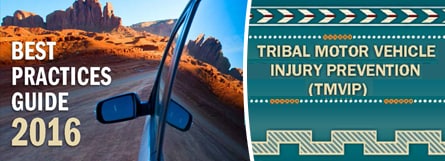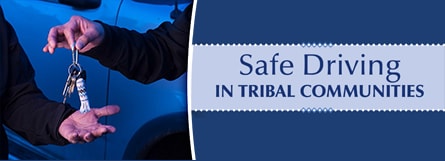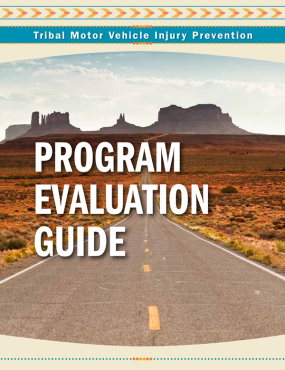Tribal Road Safety

Motor vehicle crashes are a leading cause of death for American Indian and Alaska Native people. Rates of motor vehicle traffic deaths among American Indian and Alaska Native adults ages 20 years or older are more than twice that of White people. Proven strategies to reduce motor vehicle injuries and deaths can be successfully tailored to tribal communities.

The Tribal Motor Vehicle Injury Prevention (TMVIP) Best Practices Guide provides recommended strategies and examples from Indian Country to increase seat belt use, increase child safety seat use, and reduce alcohol-impaired driving. The Guide also outlines five important components for TMVIP.

Check out CDC’s Tribal Road Safety Fact Sheets and share the materials to help reduce crash-related injuries and deaths among members of Tribal Nations.

This guide was developed to share best practices for evaluating Tribal Motor Vehicle Injury Prevention (also called Tribal Traffic Safety) Programs. This guide aims to assist Tribes and Tribal Organizations that are implementing these proven strategies with key methods for evaluating their programs. Specific examples are provided throughout the guide that pertain directly to Tribal Traffic Safety Programs.